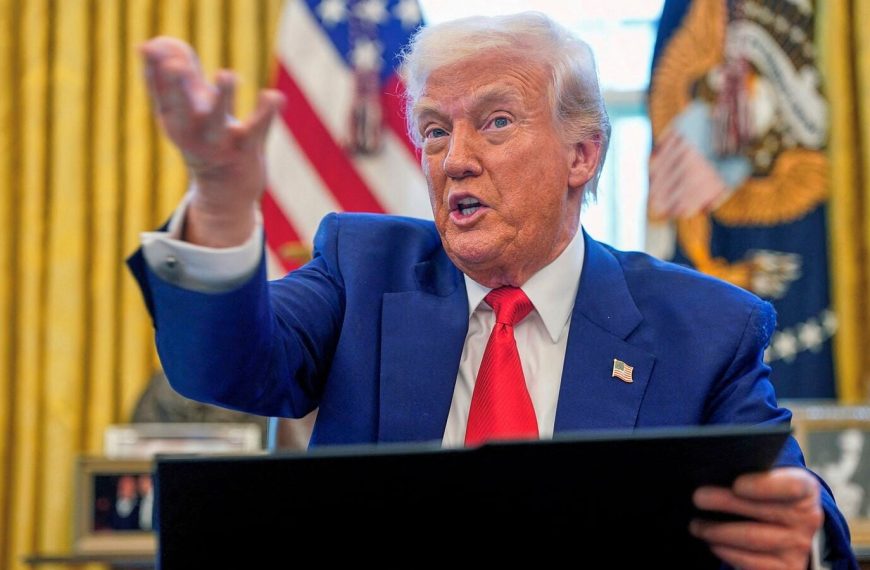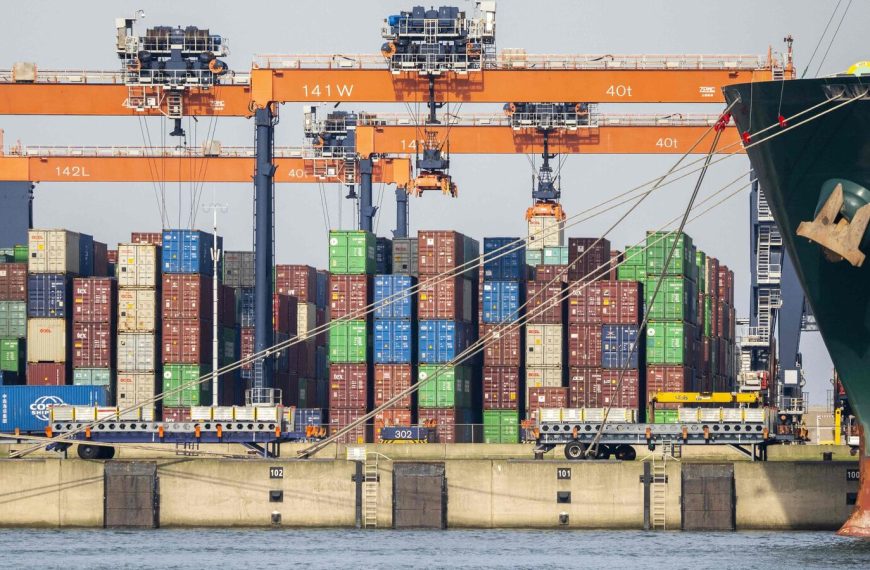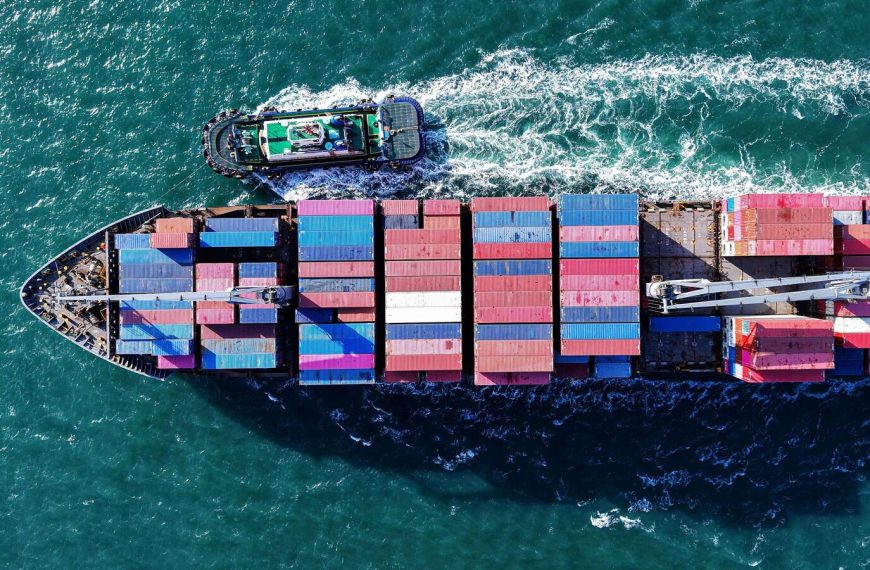On Friday, high-ranking officials from the European Union and the United States engaged in discussions aimed at navigating the turbulent waters of a burgeoning trade conflict sparked by President Donald Trump’s imposition of metals tariffs. The dialogue involved EU trade chief Maros Sefcovic, US Commerce Secretary Howard Lutnick, and US Trade Representative Jamieson Greer, who sought to deepen mutual understanding of their respective stances.
Navigating Trade Tensions
Sefcovic emphasized the importance of collaboration in his social media remarks, stating, “There’s a lot of work ahead, but let’s stay focused on finding the best paths forward.” This conversation follows Trump’s controversial decision to impose a 25% tariff on steel and aluminum imports, which has significantly intensified the ongoing trade war between these long-standing allies.
In response to these tariffs, the European Commission, the EU’s governing body, promptly announced its intention to implement additional tariffs on US goods, targeting products valued at around €26 billion. This escalation highlights the growing friction between the two economies.
Further Escalation of Tariffs
Adding fuel to the fire, President Trump threatened to impose a staggering 200% tariff on European wines, champagnes, and other alcoholic beverages unless the EU retracts its planned tariffs, which are expected to take effect in mid-April. This threat has left EU officials scrambling to formulate a cohesive response.
Moreover, the EU is bracing for a second wave of retaliatory measures in light of fresh US tariffs expected to roll out in three weeks. These measures will apply a uniform rate based on individual countries’ tariffs and trade barriers, including digital taxes and value-added levies.
Upcoming Trade Policies
In addition to these developments, Trump has signaled intentions to introduce separate sector-specific tariffs affecting various industries, such as automobiles, lumber, semiconductors, pharmaceuticals, and copper. These actions represent a significant shift in trade policy that could have wide-ranging implications for both sides.
As discussions continue, it remains crucial for both the EU and the US to find common ground to mitigate the risks associated with this escalating trade conflict. Only through cooperative dialogue can they hope to restore stability to their economic relationship.











